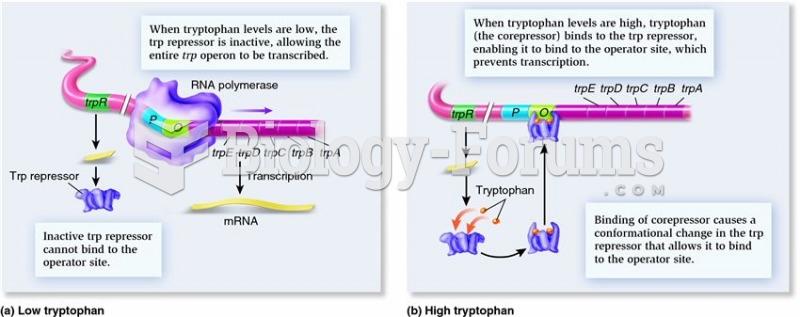This topic contains a solution. Click here to go to the answer
|
|
|
Did you know?
Russia has the highest death rate from cardiovascular disease followed by the Ukraine, Romania, Hungary, and Poland.
Did you know?
Hyperthyroidism leads to an increased rate of metabolism and affects about 1% of women but only 0.1% of men. For most people, this increased metabolic rate causes the thyroid gland to become enlarged (known as a goiter).
Did you know?
There are more sensory neurons in the tongue than in any other part of the body.
Did you know?
Human kidneys will clean about 1 million gallons of blood in an average lifetime.
Did you know?
The most common treatment options for addiction include psychotherapy, support groups, and individual counseling.







